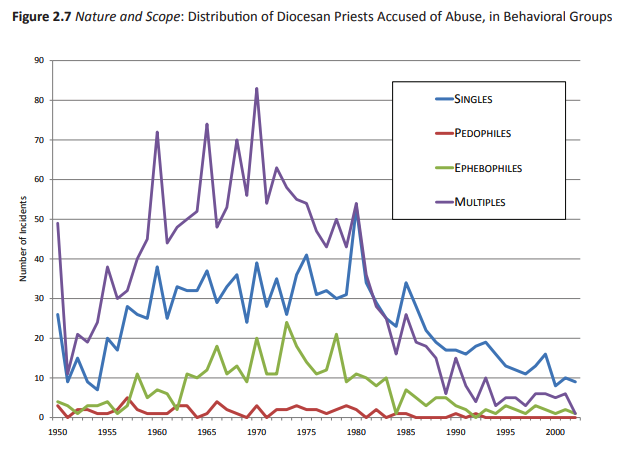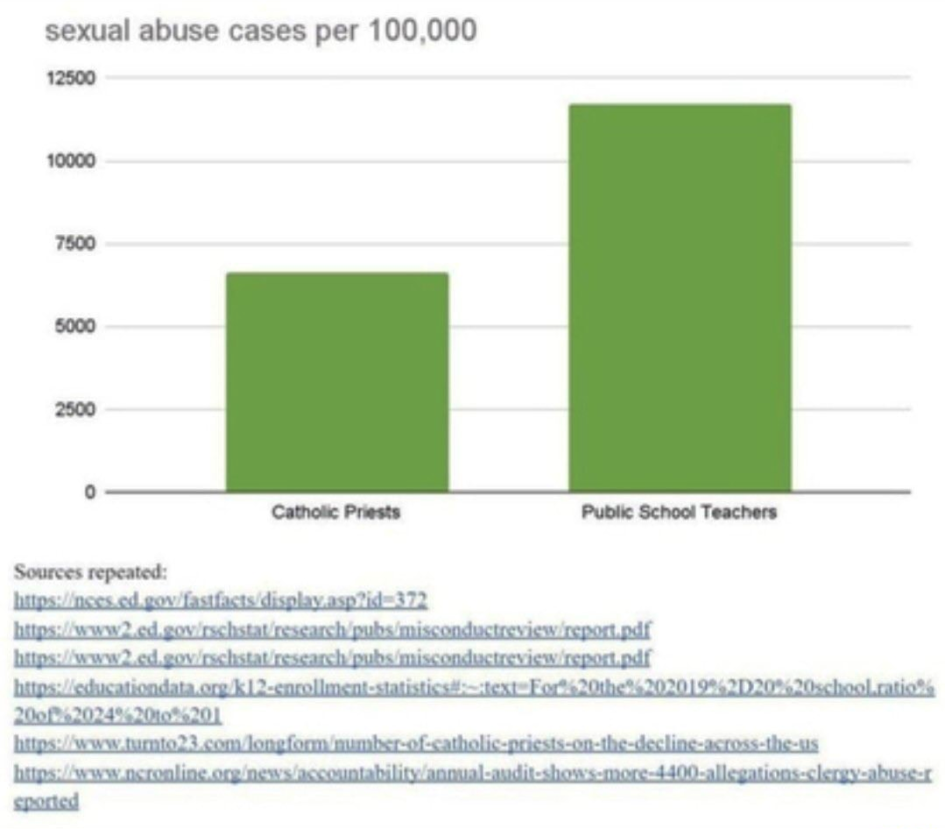Child abuse is a deeply distressing issue that must be confronted and addressed in all its forms and settings. While any form of child abuse is abhorrent and demands attention, it is essential to critically examine the available data to gain a comprehensive understanding of the issue. This article explores the prevalence of child abuse in public schools and the Catholic Church, aiming to provide a nuanced perspective supported by empirical evidence.
The Prevalence of Child Abuse in Public Schools
Extensive research and studies have shed light on the prevalence of child abuse within educational settings, including public schools. According to a comprehensive report by the U.S. Department of Education, during the 2017-2018 academic year, approximately 3.5 million students (nearly 7%) surveyed reported having had physical sexual contact from an adult (most often a teacher or coach). That number jumped to 4.5 million students when taking into account other types of sexual misconduct into consideration, such as being shown pornography or being subjected to sexually explicit language or exhibitionism. These cases involved various forms of abuse, ranging from verbal harassment to physical and sexual misconduct.
Furthermore, a study published in the Journal of Child Sexual Abuse found that teachers were the most common perpetrators of child sexual abuse in educational institutions, accounting for nearly 50% of reported cases. This research highlights the urgency of addressing the issue of child abuse within the public school system to ensure the safety and well-being of students.
The result is millions of cases of abuse, oftentimes not prosecuted despite several high-profile cases with multi-million-dollar settlements. Experts point to several issues as a reason for the prevalence:
- Inadequate training of school district personnel.
- Lack of consequences for administrators who fail to report suspicions as required by law.
- A reluctance to ruin a teacher’s life without hard evidence.
- Improper follow-up after an employee has been warned.
- The clout of teachers unions.
- A desire to avoid the black eye of bad publicity.
“They’re taking into account the protection of their own district and their own jobs over the safety of the kids, and it’s become a culture, and I think it’s rampant, and it goes from the very top all the way down,” said Gloria Seidule, a Stuart, Florida-based attorney who has litigated sex abuse cases for 30 years.
Addressing Child Abuse in the Catholic Church
The issue of child abuse within the Catholic Church has received significant attention, particularly due to high-profile cases and subsequent media coverage. While any incidence of child abuse is deeply troubling and requires swift action, it is important to consider the available data in its proper context.

A comprehensive study conducted by researchers at John Jay College of Criminal Justice, commissioned by the U.S. Conference of Catholic Bishops, analyzed data from 1950 to 2002 and found that approximately 4% of Catholic priests in the United States were accused of sexual abuse during that period. This study underscores the importance of acknowledging the gravity of the problem while recognizing that the vast majority of clergy members have not been implicated in such misconduct.
It’s possible that these numbers do not include all of the abuse cases, however, as independent investigations have determined that all abuse was not made public.
Comparing Rates of Abuse
Polls show that most people think the abuse problem is much worse in the Catholic Church but data show that priests commit no more abuse than other males. When comparing rates of child abuse in public schools and the Catholic Church, available data suggests that child abuse by public school teachers is more prevalent. According to the previously mentioned research, abuse by educators accounted for a significantly higher percentage of reported cases in educational settings compared to abuse by Catholic priests.
This by no means excuses the abhorrent action by Catholic priests. The Church is and should be given a higher standard to reach and the cover-up of the abuse is unacceptable and a horrible stain on the Church.
That said, one cannot accuse the Church solely for the abuse of children or claim that the Church is to particularly susceptible to such abuse. It’s also a fallacy to say that because people in the Church committed horrible crimes that everyone in the Church is guilty or that the Church herself is guilty. It’s like saying that everyone who went to public school or who sends their kids to public school or who pay taxes for public school are guilty of the abuse that occurs there.
Sadly, abuse seems to occur everywhere there are children. This is not to excuse or defend it, just to say that it is decidedly not a function of the Church.
Even more insidious is the fallacy that because there has been abuse in the Church, Catholics cannot speak out against sexual abuse elsewhere. This seems to be a devious tactic to shut down the conversation and any effort to stop the epidemic of child abuse.
Preventing and Addressing Child Abuse
The prevalence of child abuse in any setting is a cause for concern and necessitates a comprehensive approach to prevention, detection, and response. Educational institutions, including public schools and the Catholic Church, must prioritize the safety and well-being of children by implementing rigorous screening and vetting procedures for employees, establishing clear reporting mechanisms, and providing adequate support for victims.
Conclusion
Child abuse is a grave societal issue that demands our collective attention and unwavering commitment to prevention, detection, and appropriate response. While acknowledging the importance of addressing abuse in all settings, empirical data suggests that children may be more likely to experience abuse by public school teachers than by Catholic priests. However, this article underscores the necessity of vigilance, transparency, and action in all contexts to protect vulnerable children from abuse and ensure their safety and well-being.
Sources:
https://nces.ed.gov/fastfacts/display.asp?id=372
https://ww2.ed.gov/rschstat/research/pubs/misconductreview/report.pdf
 The Libertarian Catholic
The Libertarian Catholic
















